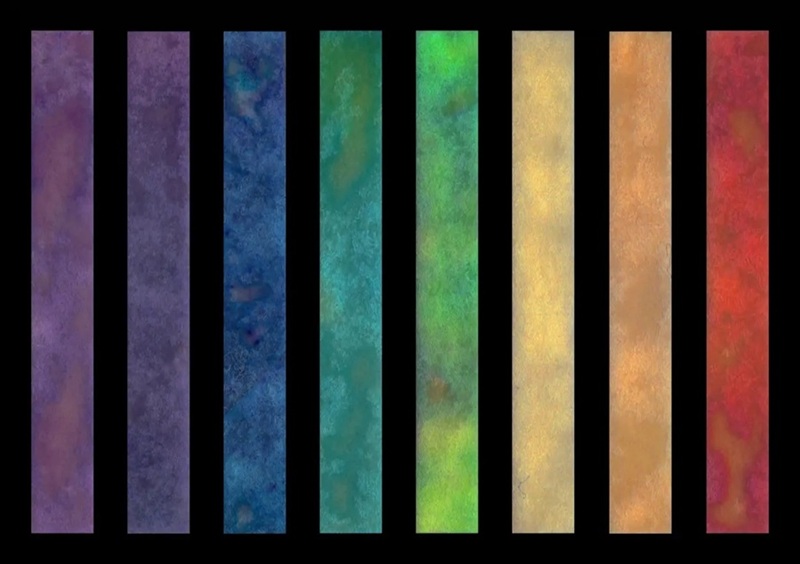Immunochromatographic Test Detects Syphilis Specific Antibody
By LabMedica International staff writers
Posted on 26 Oct 2010
A testing method that uses immunochromatic test strips can recognize the immunoglobulin G antibody that is specific for Treponema pallidum.Posted on 26 Oct 2010
The colloidal gold-immunochromatography assay (GICA) can be used to detect syphilis and is comparable to the fluorescent treponemal antibody–absorption assay (FTA-Abs), which is the gold standard.
The GICA assay is based on the established syphilis-specific recombinant proteins, TPN17 and TPN47. In a study carried out at the Xiamen Center of Clinical Laboratory, (Fujian, China), serum of 14, 967 subjects were subjected to serologic test for syphilis, among which 1,326 cases were diagnosed as syphilitic. The GICA assay was compared with various other methods including the FTA-Abs TP-IgG test from EUROIMMUN Medizinische Labordiagnostika, (Lubeck, Germany).
The test strips were prepared with an immobilized fibrous membrane, a colloidal gold-conjugated glass fiber, and an absorbent paper were grouped together on a polyvinyl chloride self-adhesive floor and then cut into strips by a slitter. The strips were kept tightly sealed. A 10-μL serum specimen was dropped at the "patient area” of the immunochromatographic test strips, and the result was observed after adding 100 μL normal saline for 20 minutes. A positive result showed two red lines on designated strip zones, representing the "patient area” and the "control area,” respectively. A negative result showed only one red line on the "control area.”
The results showed that the sensitivity, specificity, and positive predictive value were 99.38% (1279/1287), 99.96% (12 975/12 980), and 99.61% (1279/1284), respectively.
Detection on 500 interference specimens indicated that the biologic false-positive rate of the GICA test was extremely low and free from other biologic and chemical factors. The GICA is much faster to perform than the FTA-Abs test, which takes between 2.5 and 3.5 hours. The authors concluded that the GICA test is convenient, fast, and inexpensive, and it can be used both as a confirmatory test and a screening indicator, instead of FTA-Abs TP-IgG. The study was published online in October 2010, in the journal Diagnostic Microbiology and Infectious Disease.
Related Links:
Xiamen Center of Clinical Laboratory
EUROIMMUN













